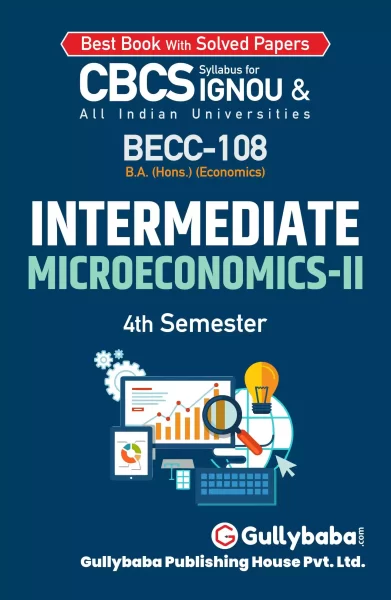-
Sale!
BECC-108
Intermediate Microeconomics-II
₹40.00 – ₹100.00Bought by : 2841 StudentsIn Stock Only 0 left ! -
Sale!
BECC-108 + BECC-109 + BECC-110 + BPAG-174 + ONR-02
IGNOU BA (Honours) Economics Combo
Bought by : 2178 StudentsIn Stock Only 0 left ! -
Sale!
BECC-108 + BECC-109 + BECC-110 + BPAG-174 + ONR-02
IGNOU BA (Honours) Economics Combo
Bought by : 3932 StudentsIn Stock Only 0 left ! -
Sale!
BECC-108 + BECC-109 + BECC-110 + BEGG-174 + BFDI-73
IGNOU BA (Honours) Economics Combo
Bought by : 2471 StudentsIn Stock Only 0 left ! -
Sale!
BAPI-03 + BECC-108 + BECC-109 + BECC-110 + BEGG-174
IGNOU BA (Honours) Economics Combo
Bought by : 3108 StudentsIn Stock Only 0 left ! -
Sale!
BAPI-03 + BECC-108 + BECC-109 + BECC-110 + BPAG-174
IGNOU BA (Honours) Economics Combo
Bought by : 3436 StudentsIn Stock Only 0 left ! -
Sale!
BAPI-03 + BECC-108 + BECC-109 + BECC-110 + BPAG-174
IGNOU BA (Honours) Economics Combo
Bought by : 2913 StudentsIn Stock Only 0 left ! -
Sale!
BECC-108
Intermediate Microeconomics-II
Bought by : 2752 StudentsIn Stock Only 0 left !






